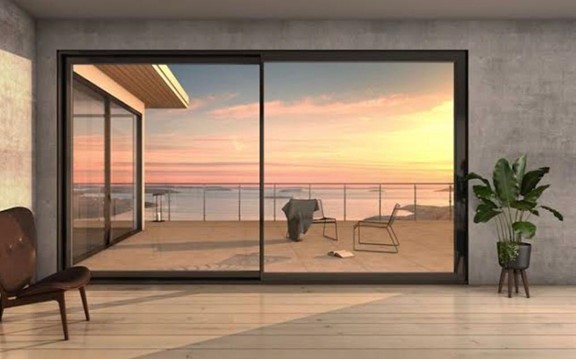Understanding the Slim Line System in Glass Processing and Glazing
The architectural and design landscape is continually evolving, with trends leaning towards minimalism and maximizing natural light.

The architectural and design landscape is continually evolving, with trends leaning towards minimalism and maximizing natural light. One of the groundbreaking innovations meeting these demands is the Slim Line system in glass processing and glazing. This system is revolutionizing the way we think about building exteriors and interiors, offering a sleek, modern alternative to traditional framing methods.
What is the Slim Line System
The Slim Line system refers to a type of glazing that utilizes ultra-thin frames, allowing for larger glass surfaces with minimal obstruction. This system emphasizes the aesthetic appeal of uninterrupted views and the seamless integration of indoor and outdoor spaces. By reducing the frame width, the Slim Line system maximizes the glass area, enhancing the amount of natural light that enters a building.
Key Features of the Slim Line System
1. Minimalist Design:
- The hallmark of the Slim Line system is its minimalist frame, often only a few millimeters thick. This design approach ensures that the focus remains on the glass, providing a clean and unobtrusive appearance.
2. Enhanced Aesthetics
- With more glass and less frame, the Slim Line system offers a contemporary look that complements modern architectural styles. It creates a sense of openness and can make spaces feel larger and more connected to the outdoors.
3. Maximum Light Penetration:
- The reduced frame size allows for increased light penetration, which not only improves the visual appeal of interiors but also promotes energy efficiency by reducing the need for artificial lighting.
4. Thermal Efficiency:
- Despite the slim frames, the system is designed to provide excellent thermal insulation. Advanced materials and construction techniques ensure that the Slim Line system meets stringent energy efficiency standards, contributing to lower heating and cooling costs.
5. Durability and Strength
- The Slim Line system uses high-quality materials such as aluminum or steel, which are known for their strength and durability. This ensures that the system can support large glass panes while maintaining structural integrity.
Applications of the Slim Line System
1. Residential Buildings:
- In homes, the Slim Line system is ideal for creating floor-to-ceiling windows, sliding doors, and glass walls that blur the boundaries between indoor and outdoor living spaces. It enhances the aesthetic appeal of living rooms, bedrooms, and kitchens.
2. Energy Efficiency:
- By maximizing natural light and providing superior thermal insulation, the Slim Line system contributes to energy savings and environmental sustainability.
3. Flexibility:
- The system can be customized to fit various architectural styles and building requirements, offering flexibility in design and application.
4. ncreased Property Value:
- Properties featuring the Slim Line system are often perceived as more modern and desirable, potentially increasing their market value.
The Slim Line system is a testament to the advancements in glass processing and glazing technology. Its ability to combine aesthetic appeal with functional benefits makes it a preferred choice for architects, builders, and homeowners alike. As the demand for minimalist design and sustainable building solutions continues to grow, the Slim Line system stands out as an innovative and efficient solution that meets the needs of contemporary architecture.




